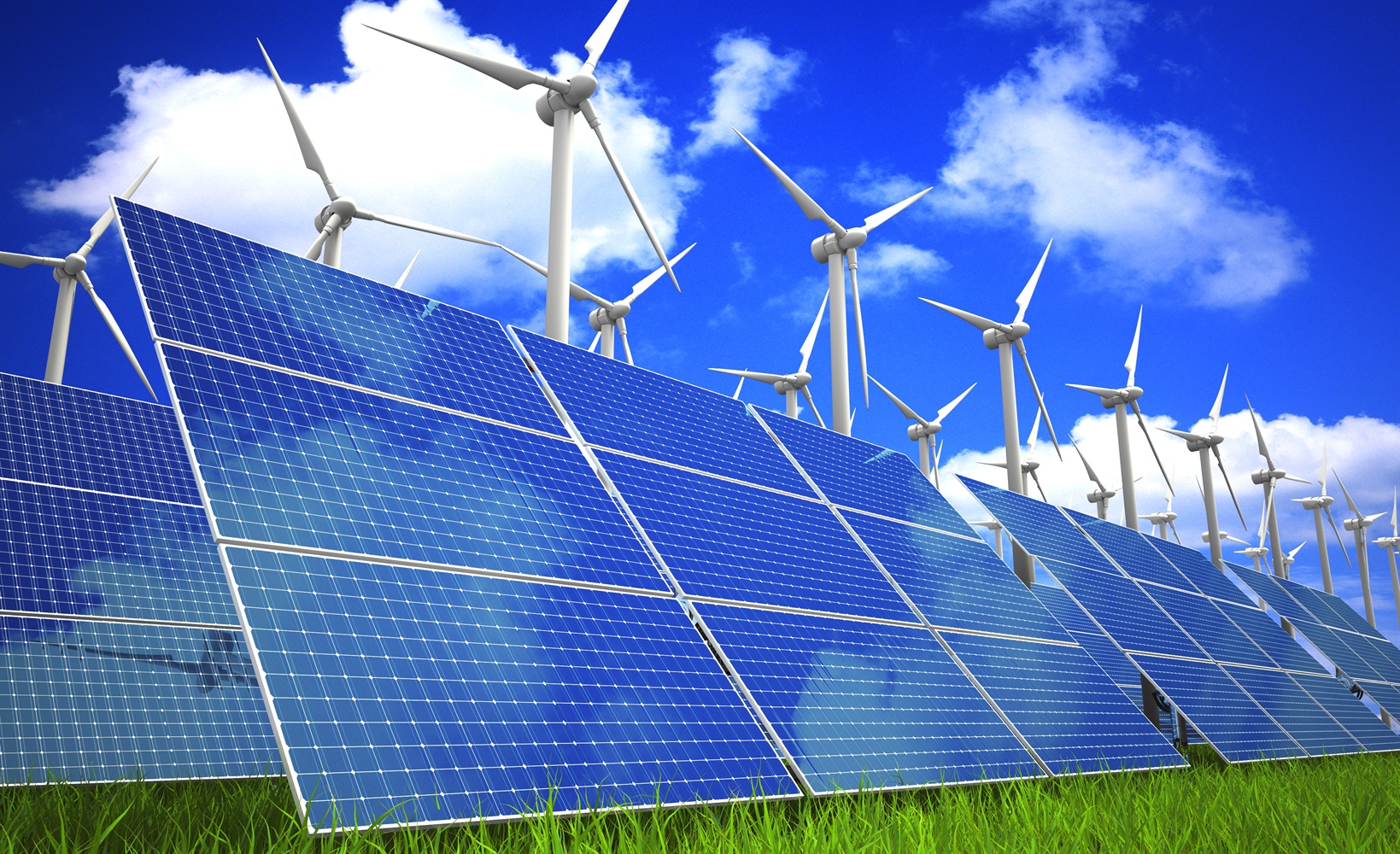Isn’t it odd that every proposed “solution” to climate change requires either massive overreach by governments, or mountains of taxpayer’s cash, or most often both?
The biggest, most expensive climate boondoggle foisted on long-suffering taxpayers is without a doubt “renewable” energy. Renewables, their advocates insist, are just great: so great, in fact, that they need the strong arm (not to mention money) of government in order to survive.
A sharp slump in new investment in wind and solar farms will continue unless a price is put on carbon or the Renewable Energy Target is extended beyond next year, the Clean Energy Council warns.
How very unusual – a mouthpiece for a rent-seeking industry almost entirely reliant on government handouts to survive is demanding more taxpayer’s money.
CEC chief executive Kane Thornton said investment in renewable energy had dropped by 60 per cent in the past year and declines would continue without government intervention. He said this would put pressure on power prices and reliability as coal generators aged.
The comments ignited a debate about whether renewable energy was the cheapest form of power, as advocates including Anthony Albanese and Malcolm Turnbull claim.
Anyone who’s watched their power bills spiral into the stratosphere as governments rush to foist renewable energy on us is well aware that Albanese and Turnbull are, not to put too fine a point on it, full of the proverbial. The same dire scenario has played out across the world. Power prices surged in Germany. In Britain, poor households are increasingly suffering “energy poverty” – the inability to afford even basic heating. People are dying as a result.
The Australian government is almost coming to its senses.
Energy Minister Angus Taylor said large-scale renewables projects would not receive any further government support. “The clean energy industry has assured us that the cost of renewables is now competitive with alternatives so we would expect investment to continue in the absence of subsidies,” he said.
“An industry that is now competitive shouldn’t require additional subsidies, Mr Taylor said.
theaustralian.com.au/nation/politics/investment-in-solar-and-wind-farms-drying-up/
And there’s the basic lie of the renewables spruikers (who, like Turnbull, always seem to have purely coincidental, no doubt, ties to the renewable energy industry): if renewables really ARE so cheap and reliable, WHY do they need government handouts to survive?
The winners from this end to green-washing ripoff schemes will likely be ordinary consumers, rather than multi-millionaire investors.
Household power prices are set to fall by 7 per cent by 2022, easing several years of bill shocks, as green subsidies are wound up and a flood of new renewable supply enters the electricity grid.
The federal government’s policy adviser said consumers should see a $97 fall in their tariffs over the three years to June 2022.
Falling wholesale costs would be the largest contributor to declining bills, accounting for $62 of the projected total…
Of course, that new supply wouldn’t have been necessary if green-besotted governments hadn’t scrambled to shut down reliable coal-fired generators.
The projected figures would ease the pressure after several years of bill hikes for many Australian households sparked by the closure of the Hazelwood and Northern coal plants in Victoria and South Australia, which created supply shortages and price jumps across the national electricity market.
theaustralian.com.au/business/mining-energy/cheaper-power-tipped-as-subsidies-wind-up/
Government: is there anything they can’t screw up?
If you enjoyed this BFD article please consider sharing it with your friends.

